|
Richard Hunn (Wen Shu) was NOT keen on any notion of ‘Transmitting’ the Ch’an Dharma. This coincided with his attitude of NOT wanting to be associated with any particular University, Publisher or Dharma Group, etc. I agree with this approach. Dogma, idealism and superstition has nothing to do with genuine Chinese Ch’an Buddhist practice. What an individual does with their mind (and body) regarding attitudes and opinions held concerning life, politics, culture or everyday activities – has absolutely NO interest for the genuine Chinese Ch’an Master! This attitude is encountered time and again throughout the Tang, Song, Yuan, Ming and Qing Dynasties Ch’an writings of Imperial China – with Master Xu Yun (1840-1959) carrying-on this attitude into the post-1911 era of ‘modern’ China! Obviously, I have NOTHING to transmit. Teaching is simply taking the conditions that already exist – and turning the awareness of the enquirer back toward the ‘empty mind ground’ from which all perception arises (and ‘returns’ according to the Chinese Ch’an tradition) - this is a ‘transmission’ in a general sense – but such an interaction cannot be interpreted as an individual in the West being granted ‘Transmission’. Within Chinese culture, such ‘Transmission’ was Confucian in origin and often travelled within birth families and specific name clans – very seldom (if ever) was a ‘Transmission’ initiated ‘outside’ the family (as ‘outsiders’ could not be trusted to use the family secrets of spirituality, science and martial arts properly). Later, when the ‘Transmissions’ of (related) ‘Father to Son’ was adjusted to accommodate (non-related) ‘Masters to Disciples’ - outside ‘Transmissions’ (separate from the Confucian birth-process) was developed. This is the agency of continuation from generation to generation preserved within the Chinese Ch’an tradition. Birth-relationship is replaced with a ‘strict’ attitude of ‘respect’ and the maintaining of ‘good’, ‘correct’ and ‘appropriate’ decorum, behaviour and deportment. Even within ‘modern’ China – this is a difficult interaction to a) perform and b) achieve. The standards for keeping the mind and body permanently ‘clean’ night and day and is often viewed as being far too difficult for the average individual to meet. As ‘Transmission’ is NOT a game and given that ‘Transmission’ within the Chinese Ch’an tradition is NOT the same as ‘Transmission’ within the Japanese Zen tradition – it is obvious that when the Chinese Ch’an tradition ‘flows’ into the West – it is NOT the case that ‘Transmission’ can easily be applied. The empty mind ground must be ‘realised’ (not an easy task) and ‘maintained’ in every situation (an even more unlikely achievement). I have experimented with ‘Transmission’ in the West – but have found that as soon as the event unfolds – an IMMEDIATE ‘dropping away’ of all interactive effort, respect and continuation occurs. This means that the crucial and inherent energy is diminished, sullied and obscured - and the Ch’an lineage loses its clarity, understanding and ability to ‘free’ others. This explains ‘why’ I have eventually WITHDRAWN all so-called ‘Transmissions’ as a means to emphasis the recorded activities of the Chinese Ch’an Masters – written down in China and translated into English by Charles Luk [Lu Kuan Yu] (1898-1978). Granting Chinese language Dharma-Names and formally ‘Welcoming’ individuals into the ‘Lineage’ - does NOT constitute a ‘Transmission’. As helping others is a key element of the Bodhisattva Vow – I do NOT wish to inadvertently ‘damage’ the Chinese Ch’an tradition entrusted to me – by generating what amounts to a ‘dysfunction’ of transmission.
0 Comments
The hermit of Lotus Flower Peak held up his staff and showed it to the assembly saying, “When the ancients got here, why didn’t they consent to stay here?” There was no answer from the assembly, so he himself answered for them, “Because they did not gam strength on the road.” Again he said, “In the end, how is it?” And again he himself answered in their place, “With my staff across my shoulder, I pay no heed to people – I go straight into the myriad peaks.” Blue Cliff Record – Case 25 A Ch’an Week Retreat is an intensive period of focused seated meditation, that extends over a clearly defined time-period. This is a tradition within the Chinese Ch’an School that involves the monastic and lay community practicing together without any distinction. All sit together, and all follow the full Vinaya Discipline for the duration of the Retreat. If a Ch’an practitioner sits properly, (as observed by the Japanese Zen Master – Dogen), then the ‘Mind Precept’ is established. The Mind Precept is a ‘still’ mind (relative enlightenment) that has uprooted all vestiges of greed, hatred and delusion, and which has expanded to include the entire environment (full enlightenment). In this pristine state, all material things arise and pass-away within an all-embracing (and reflective) void. It is an emptiness that contains all things, and which is devoid of any and all delusive thinking premised upon habitual dualism. This bright and still mind manifests boundless wisdom (prajna), compassion (karuna) and loving-kindness (maitri), and is the basis of every rule - not only within the Vinaya Discipline - but also the Bodhisattva Vows. By adopting a clear state of mind and a disciplined mode of bodily behaviour, the Ch’an practitioner generates the conditions to a) realise enlightenment, and b) deepen an already experienced enlightening experience. Those who enter a Ch’an Week Retreat who are already fully enlightened, offer a great Bodhisattva service to humanity (and the universe), as their presence ‘purifies’ the fabric of existence, and generates ‘strength’ for all those still struggling on the Path! Master Xu Yun (1840-1959) always taught that there is no point forcibly adhering to the Vinaya Discipline if the mind of the practitioner is full of confusion (klesa) - and lacks a clarity of insight into the state of ‘stillness’. From a karmic perspective, if a mind is infected with dualistic desire, then negative karma will carry-on being produced (premised upon ‘volitional’ thought), regardless of the behaviour of the body. In such a situation, bodily action may well conform to the outer spirit of the Vinaya Discipline, but as the mind is impure, delusion carries-on being produced as before. This is an ‘inward’ betrayal of the spirit of the Vinaya Discipline. Monks, nuns or lay-people (who live like this), will be exposed sooner or later. Eventually, the sheer weight of this contradiction will eventually lead to an outer abhorrent behaviour that matches the corrupt state of the inner mind. This is why the mind must be ‘cleaned’ through the use of the hua-tou and the gong-an methods. Sitting in disciplined meditation for an extended period of time is an excellent method to begin this training, and to deepen this training once experience has been gained and progress made. Although the mind is impermanent, as declared by the Buddha, it is important that all greed, hatred and delusion is uprooted from its functioning, and that the empty mind ground is penetrated and clearly understood.
The Buddha explains clearly, in every expression of his teaching, that consciousness and physical matter are not two different things, even though they may be viewed as two distinct expressions of the same underlying reality. This understanding avoids the traps of ‘idealism’ and gross ‘materialism’, which are both declared errors by the Buddha. It is not that the mind does not exist, or that the physical world does not exist – both definitely do within an interpretive context – but that attachment to one view or the other is unhelpful when it comes to meditational development and the cultivation of wisdom. Furthermore, within the Four Noble Truths, it is clear that ‘consciousness’ in the chain of becoming has ‘physical matter’ as its basis (I.e. matter, sensation, perception, thought formation and conscious awareness). If this was not the case, this chain would read ‘conscious awareness’, ‘thought formation’, ‘perception’, ‘sensation’ and ‘matter’ - but it does not. This is the error made by DR DT Suzuki in his commentary upon the Lankavatara Sutra, which is perpetuated by those who think the Yogacara School is ‘idealist’ - when in fact the founders of this school begin their analysis by firmly stating that they agree with the Buddha when he says that the human mind is ‘impermanent’. Besides, genuine Buddhist training is as much in the mind as it is in the body, with ‘sila’ (morality) being the control of thought and physical behaviour. The ‘stilling’ of the mind is as important as the ‘stilling’ of the body, although the former supersedes the latter with regard to transformation and perception thereof. However, for a human mind to be functional, it must be existent within a living body. As to what might happen ‘before birth’ and ‘after death’, the Buddha remains ‘silent’, with many people utilising the metaphysics of religion to fill in this void...
The body is disciplined so that the mind may be ‘focused’. The Buddha teaches a type of Yoga, or at least a path that is recognisably ‘Yogic’ in origination. One of the first lines of the Patanjali Sutra reads ‘Yoga is the restriction of the fluctuations of consciousness.’ (Feuerstein 1989). Yoga is also an umbrella term used to describe a profound mind and body training that generates a permanent psycho-physical transformation. This is not a ‘subjective’ delusion, as the Buddha warns against this misidentification of inner awareness, and neither is it a hedonistic attachment to external pleasures (or pain) depending upon the conditionality of an individual. The Buddha advocates a non-identification with thought (and feeling), and a detachment from all physical sensation. Although there is a stage whereby the mind becomes free of surface thought (and a ‘stillness’ is experienced), nevertheless, eventually the process of thought is re-born in the mind but in an entirely ‘new’ manner which no longer ‘obscures’, ‘confuses’ or induces any form of ‘suffering’, etc. (The post-enlightenment situation is controversial and open to debate.) Being a ‘Bodhisattva’ requires an individual to become truly ‘universal’ in perception, understanding and empathy. The conundrum of personal suffering must be solved before the suffering of the entire world can be taken on without any form of hindrance. To be a genuine Bodhisattva, is to be able to take responsibility for every single mode of suffering that exists in this world and the worlds beyond. Universal suffering is not limited to only that which humans feel – but necessarily includes ALL suffering everywhere. Furthermore, the committed Bodhisattva willingly takes on the suffering of past, the present and the future. The ‘intention’ is to be with those who are experiencing suffering, and to spiritually offer support and sustenance to help them through that which most would find difficult to experience or even face. How this is to be achieved is entirely dependent upon circumstance as there is no single method that meets all requirements. This is not an easy ability to achieve or function to perform. This is why Buddhist monastics in China take the ‘Bodhisattva Vows’ as well as the ‘Vinaya Discipline’ as part of their spiritual responsibilities. |
Archives
March 2024
Categories
All
|
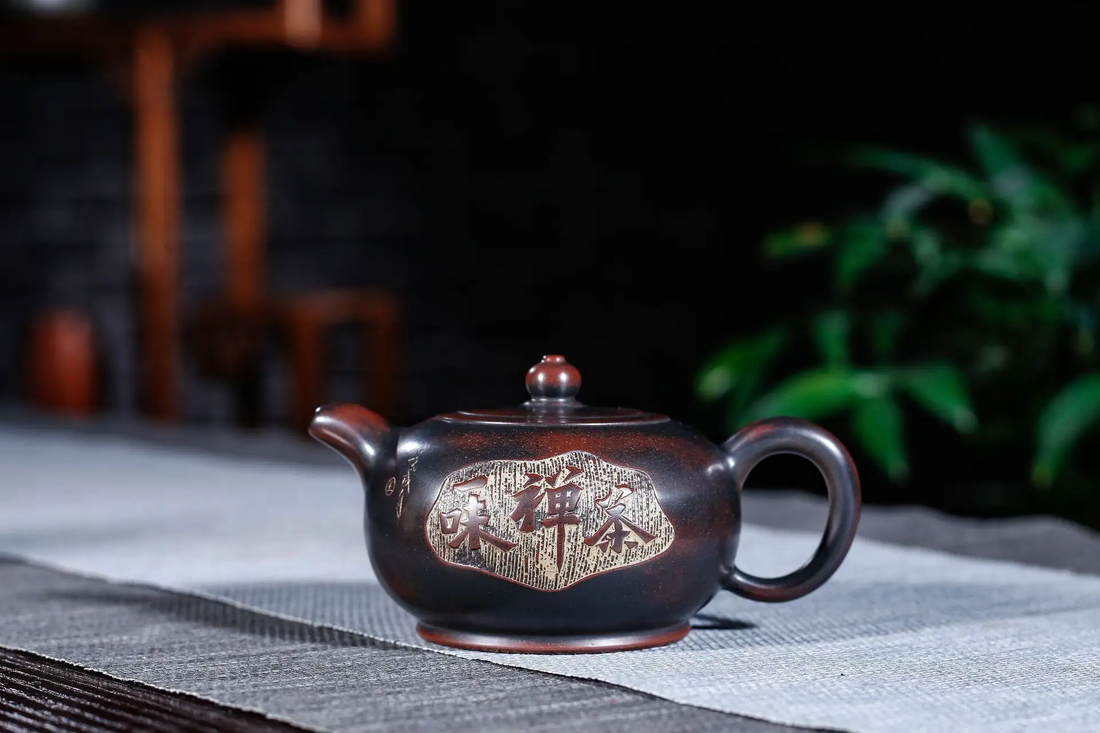
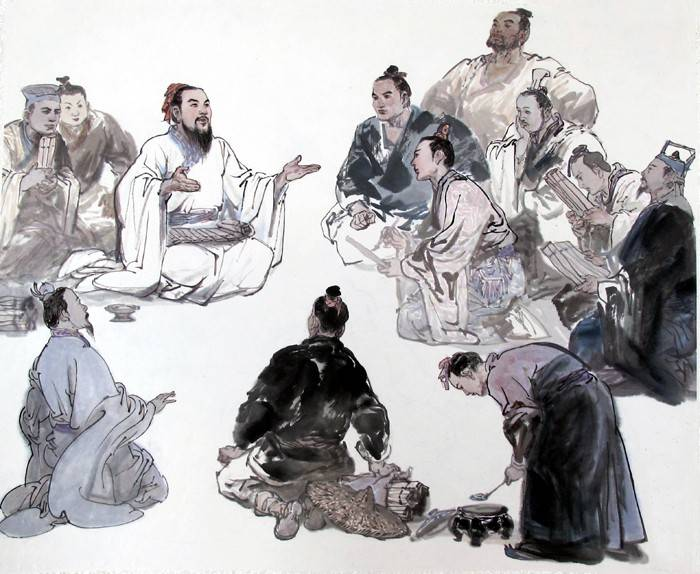
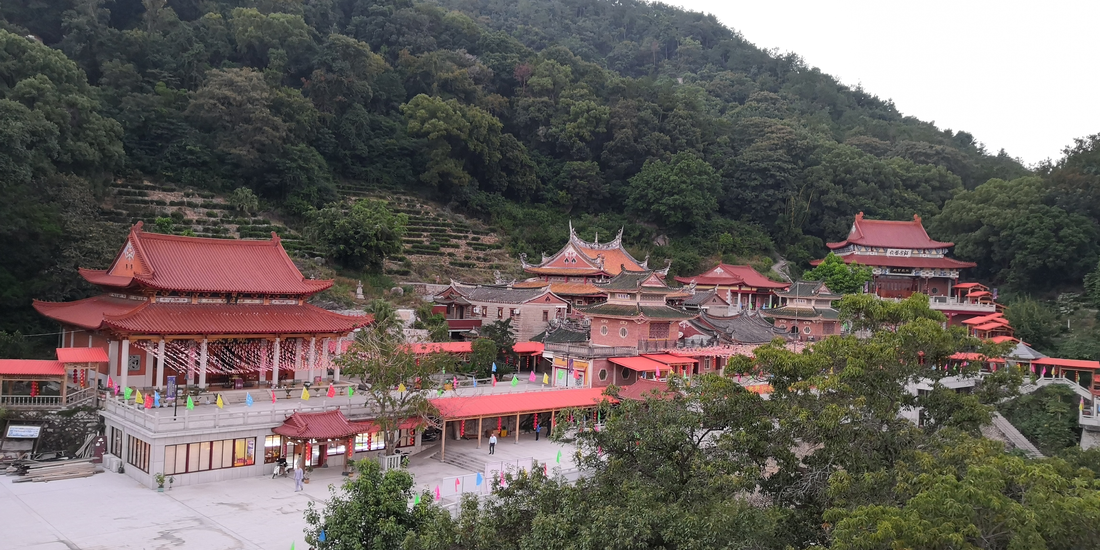
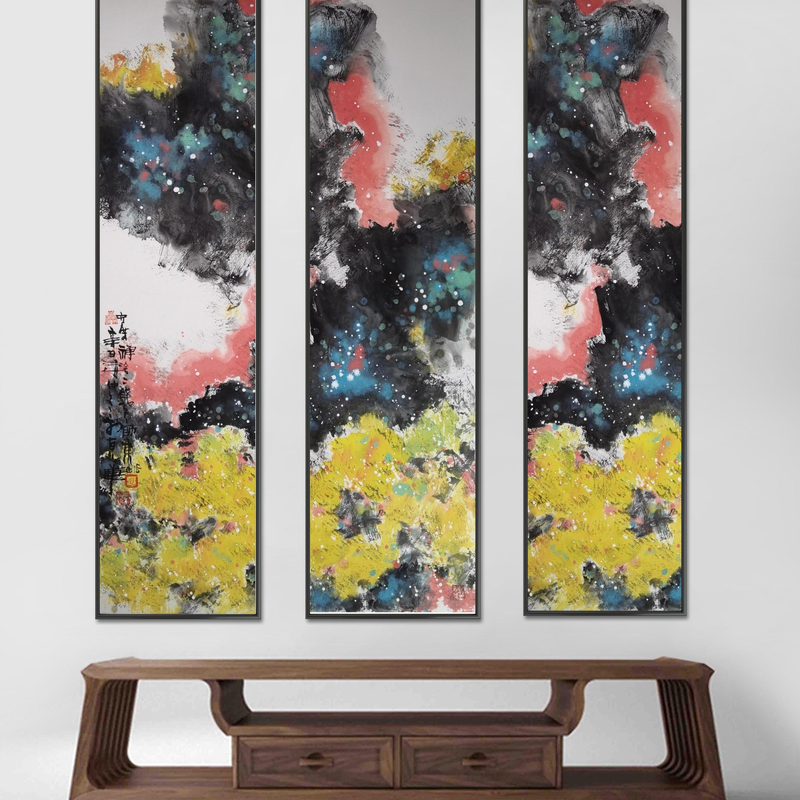
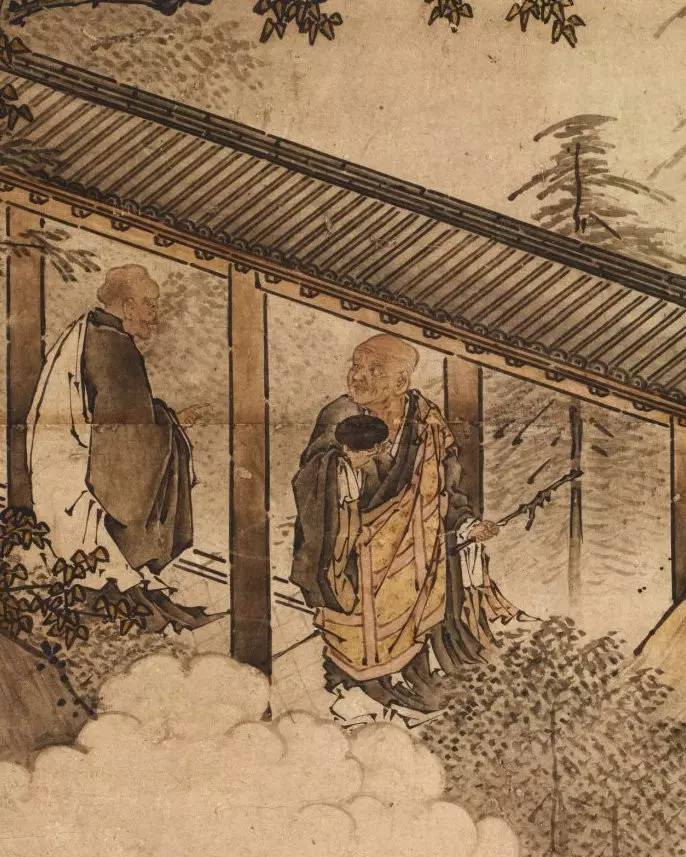
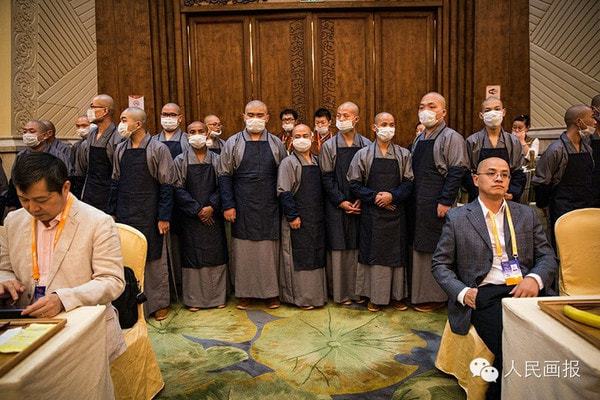
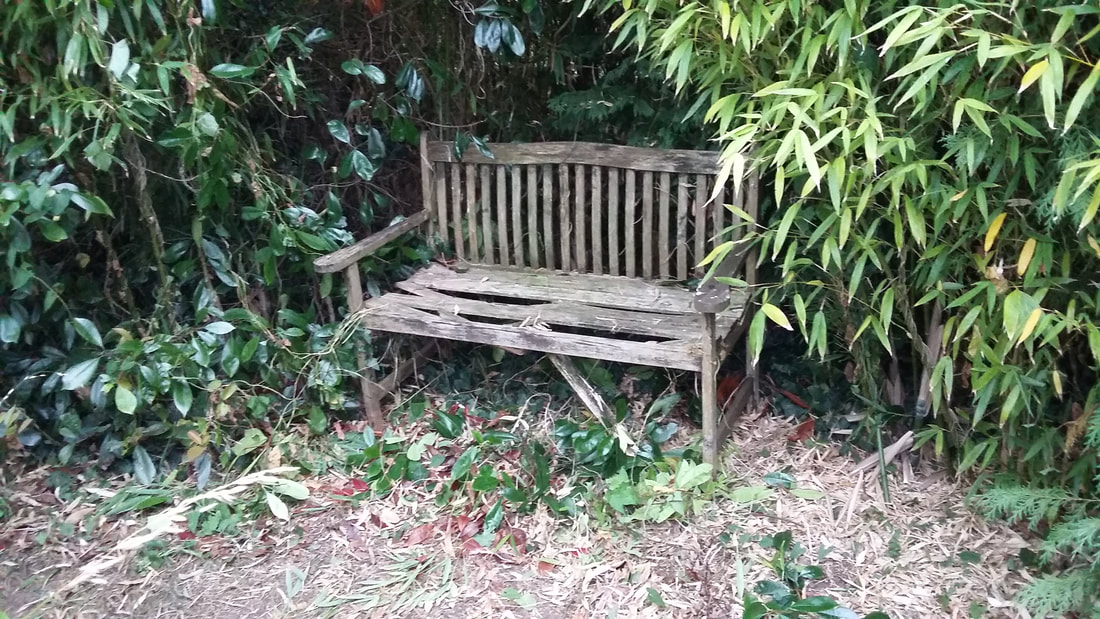
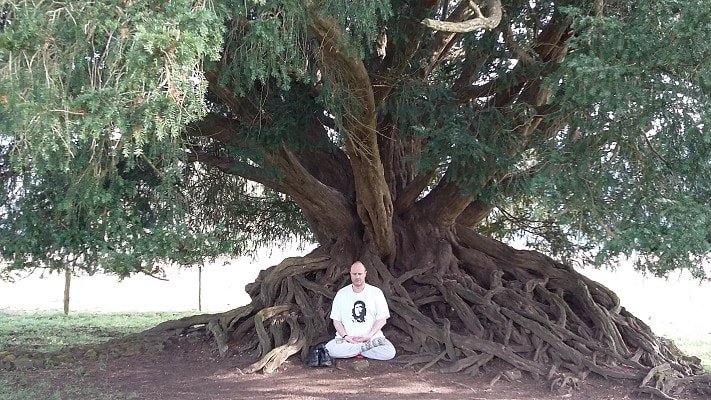
 RSS Feed
RSS Feed